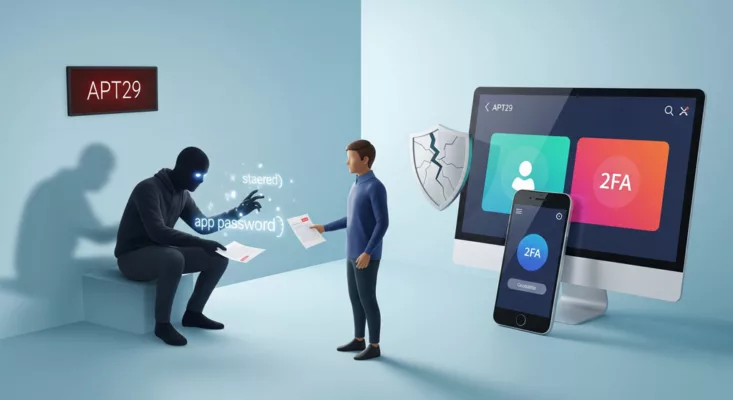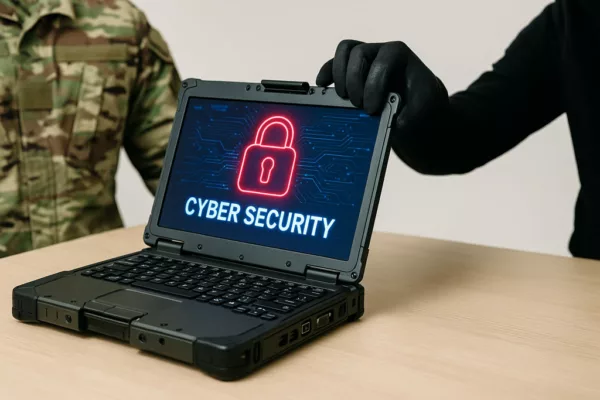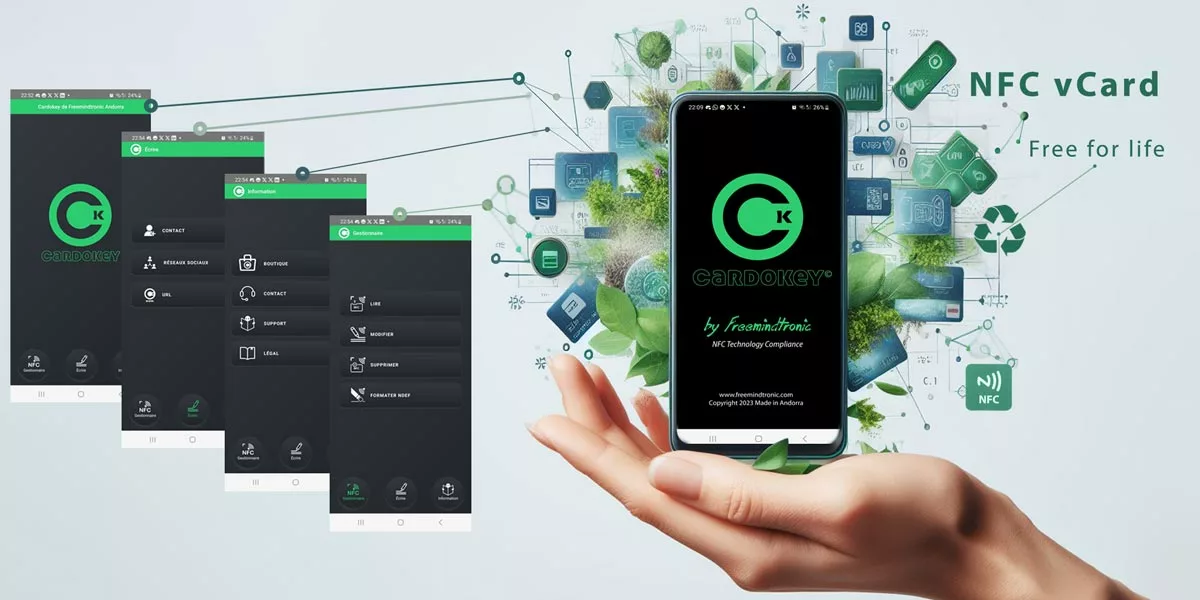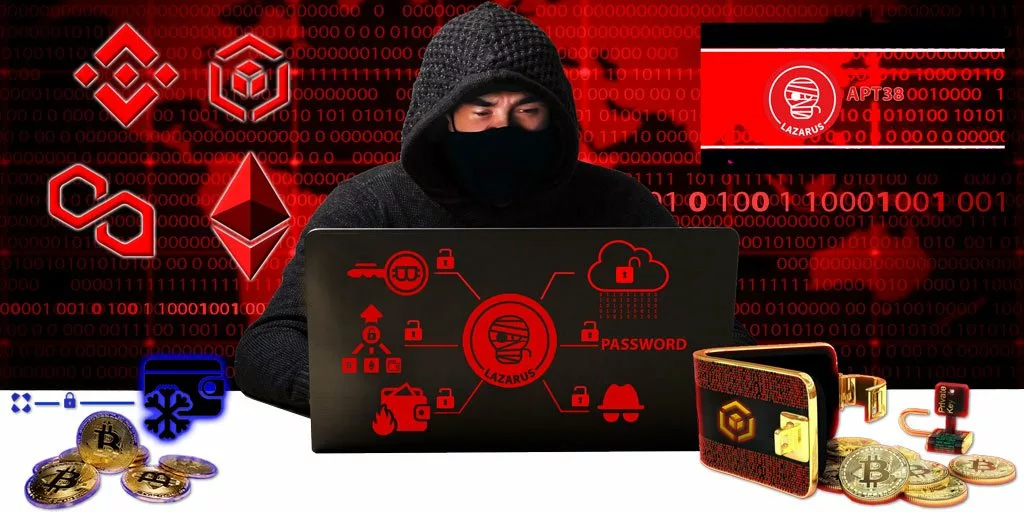NFC Business Cards: Create your NFC vCard with Cardokey, the Eco-Friendly and Secure NFC App Are you looking for an eco-friendly way to create contactless business cards? Do you want to benefit from affordable NFC technology and prioritize privacy? You’ll love Cardokey – the app revolutionizing NFC business cards! Cardokey, the NFC business card that […]
Stay informed!
Join our community of technology enthusiasts! Subscribe to our newsletter and receive exclusive updates on the latest news, special offers, and tips from Freemindtronic. Stay informed on the latest technology trends, discover new products, and be among the first to take advantage of them. Sign up now by entering your email address below. Don't miss any updates from Freemindtronic!















